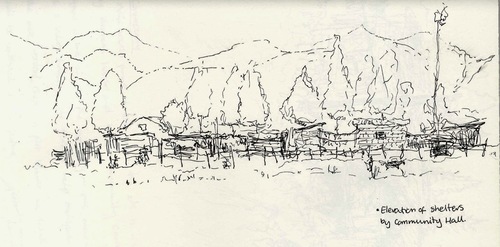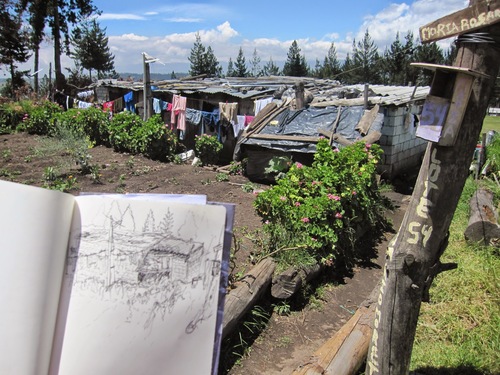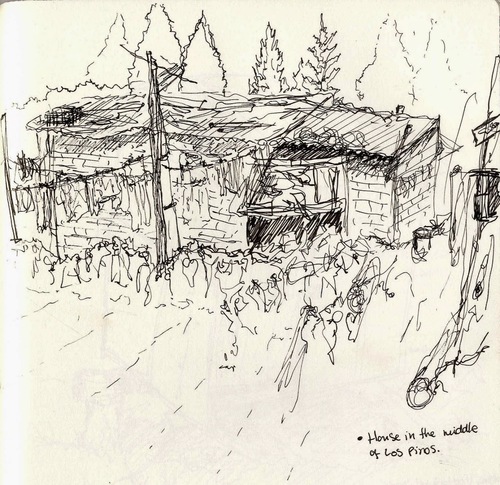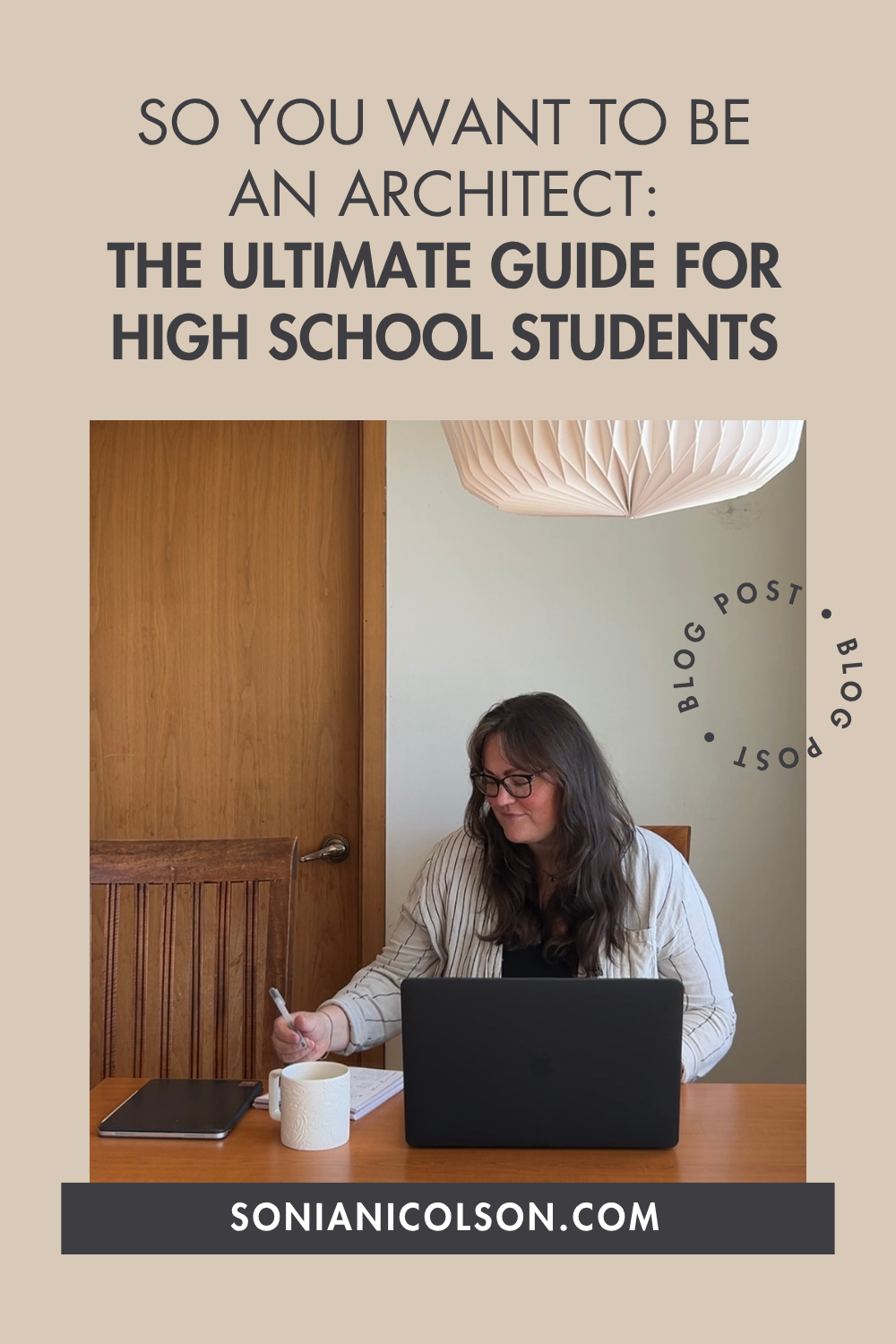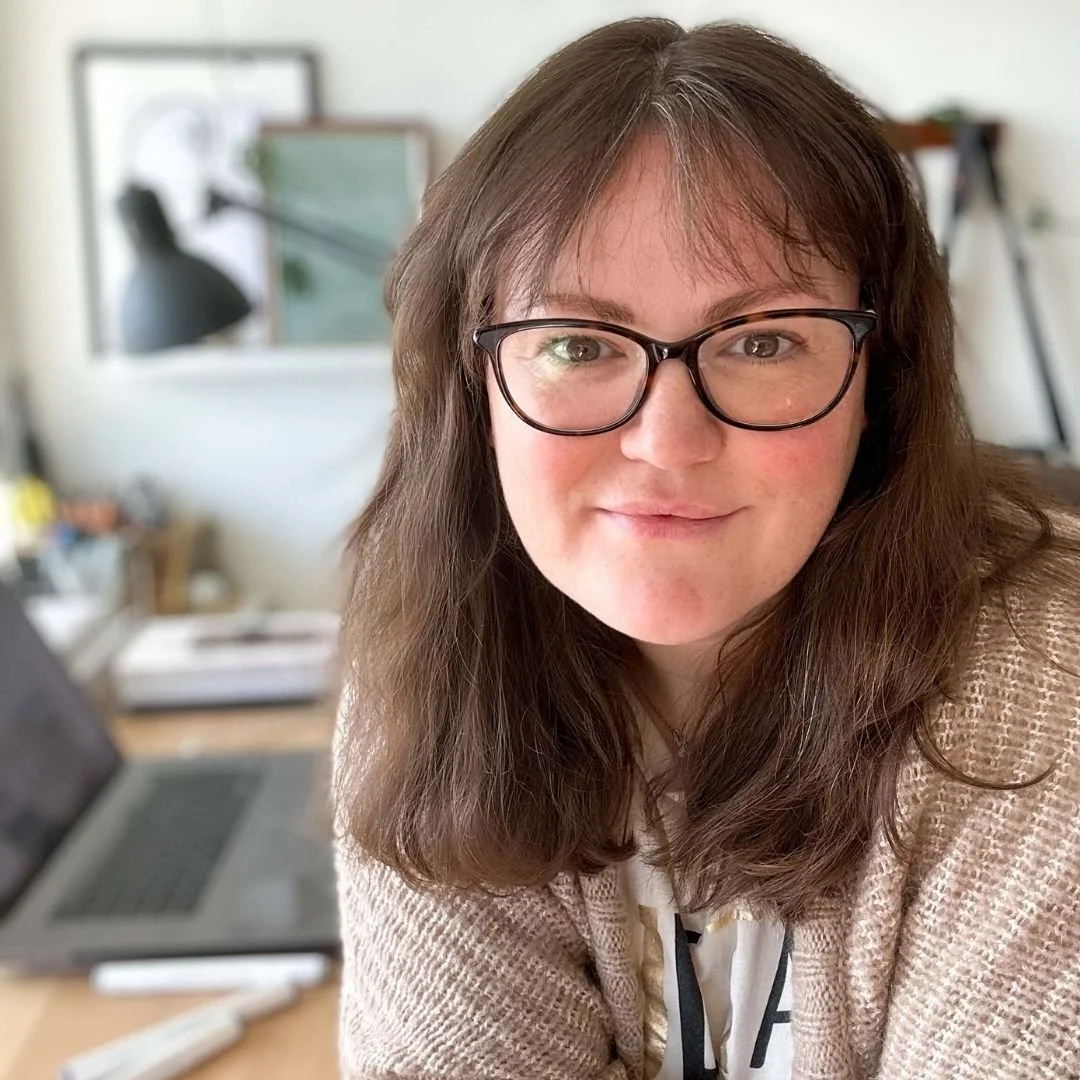Designing for Change in Ecuador: How Volunteering Shaped My Purpose as an Architect
/A Journey to Quito
When I first arrived in Quito, Ecuador, I didn’t quite know what to expect. I’d volunteered to take part in the Change by Design workshop with Architecture Sans Frontières UK (ASF-UK), an organisation dedicated to making community and international development central to the practice of architecture.
We were forty participants - architects, designers, academics, and students from around the world, all drawn to the same question: How can design empower communities rather than simply reshape them?
Architecture for People, Not Just Places
ASF-UK believes in participatory design, a process where architects work with residents, not for them. Instead of drafting solutions in isolation, we listened, mapped, played games, and co-designed ideas with the people who actually lived on the land.
The workshop focused on two settlements in Quito: Atucucho and Los Pinos. Each was unique in its challenges, history, and hopes for the future.
Atucucho: A City Within a City
Perched high on the mountainsides, Atucucho began as an informal settlement in the 1980s and has since evolved into a densely built community of thousands. It’s a mix of concrete homes, winding roads, and stories of resistance.
For many, Atucucho symbolises the fight for permanence, a neighbourhood that grew from struggle but continues to adapt and thrive.
Los Pinos: Building Futures Together
I chose to volunteer at Los Pinos, a smaller settlement on land owned by the Ministry of Agriculture. Only sixty-two families lived there at the time, with hundreds more on a waiting list hoping to join.
The residents, many from rural regions, had a strong vision: they wanted to create a productive, self-built community where every home, garden, and shared space had purpose. Through Minga, a local tradition of collective work, they built roads, laid pipes, and helped each other construct homes.
Our task wasn’t to plan for them, but to co-create ideas for the site’s development through drawing, model-making, and open dialogue.
Designing Through Listening
Each day, we walked the site, sketched the terrain, and spoke with families about their daily lives, where children played, where they grew food, and what felt unsafe.
We ran participatory exercises:
Residents drew their dream homes and ideal neighbourhoods
We mapped the land together, marking spaces for living, growing, and gathering
We modelled housing typologies that reflected their lifestyles rather than imposing standards
These moments reminded me that architecture is as much about empathy as it is about structure.
What the Residents Taught Me
The people of Los Pinos were deeply protective of their land and community. They resisted densification because they valued space, safety, and independence. Security was a major concern, walls were symbols of protection, and shared walls felt like a threat.
Through it all, one thing stood out: their resilience. They were planners, builders, and caretakers of their own environment, long before we arrived.
From Workshop to Worldview
Participating in Change by Design transformed how I viewed the role of the architect. It wasn’t about dictating solutions but facilitating collaboration. It taught me that creativity and community are inseparable; one gives meaning to the other.
That experience stayed with me. It later shaped how I approached teaching in India, mentoring students in the UK, and even how I now coach creative women around the world.
Architecture isn’t only about designing buildings; it’s about designing for dignity, connection, and change.
Lessons I Carried Home
Design is a dialogue. Listening builds stronger solutions than drawing alone.
Communities are experts in their own lives.
The process matters more than the product. How people work together is the real blueprint.
Creativity thrives in collaboration. Architecture is never a solo act.
Looking Back
That trip to Ecuador was more than a workshop; it was a turning point. It reminded me why I became an architect in the first place: to help people imagine and shape the spaces they call home.







